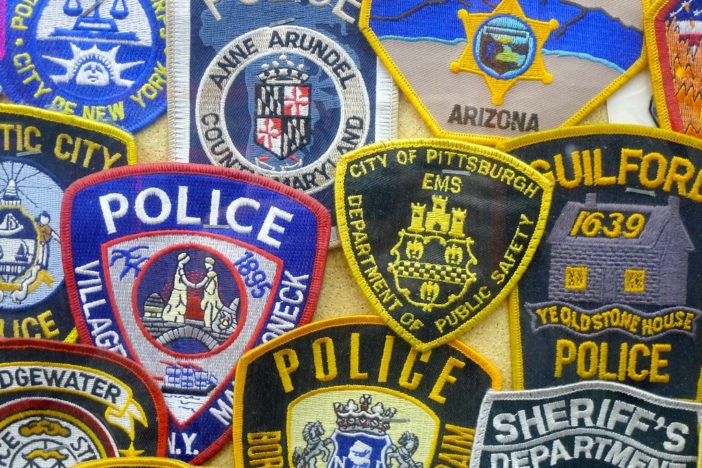It is clear 2014 will be remembered as the year trust in American police eroded
It’s tragic because our communities are safer than ever, despite diminished resources due to the difficult economy.
But that’s not the story the average American sees. He sees YouTube videos of a police lieutenant pointing a rifle in a protester’s face and cursing at him. He sees news reports about an officer choking a man to death whose crimes included illegally selling cigarettes on the street and resisting arrest. He sees reports about officers in military gear shooting rubber bullets at reporters.
He sees plenty of bad, but not much good.
And that’s a shame. Because while there certainly is enough bad to fill the daily news reports, the vast majority of police contacts with the public end successfully with a bad guy in custody without the use of any force.
Nonetheless, perception is reality.
Thus, here are a few recommendations to restore the respect and trust officers deserve.
– Transparency is the foundation of establishing and maintaining trusting relationships. Rather than just using “transparency” as a buzzword, police leaders and officers must build relationships through open and honest two-way communication with their communities.
– Transparency also means police officers and officials have to show their humanity. Cops are among the finest people I know. Yet the only time people seem to hear this is during the eulogy when an officer has died in the line of duty. It may mean becoming emotionally exposed and losing some privacy, but the public needs to understand police officers are not just men and women in blue. They are real people, and many are exceptional.
– Over and over again I’ve had cops telling me the problem is the public has no idea what it takes to do the job in today’s society. OK, so let’s tell them. Public education should be occurring every day. The public needs to know police policies and procedures and what’s expected of officers. They should know how often police officers encounter firearms, get assaulted or successfully resolve potentially deadly encounters. How can we expect them to understand if we don’t give them any information? How can we expect them to trust and respect us?
– Body cameras will go a long way to improving accountability. Every agency I have had contact with already is looking at ways to deploy them in the field. Cameras are not a panacea and will not always tell the whole story, but they will help. Police supervisors and managers must also use this tool to ensure that the small percentage of officers who give the profession a bad name are appropriately held accountable.
– Another harsh reality: African-Americans and Latinos have a much lower level of confidence in the police. The data has been there for decades in almost every academic study that has ever been done. Departments need to be more intentional about reaching out and establishing connections and partnerships with these communities. It is these same communities that often need police services more than anyone. For a great example about how to do this, check out Anaheim PD’s story.
– Police executives must do a better job of communicating and connecting with their constituencies. This means working with mainstream and social media in communicating in both directions. There still are departments that are slow to respond during critical incidents and others that are reluctant to engage in social media. This also means police executives have to be prepared to stand in front of a bank of microphones during critical incidents and be forthright, timely and sincere in their communications.
– If you look at the demographics of protestors you come to realize there is a generational disconnect. Many young people have had little or no positive contact with any member of law enforcement. This, I believe, is an unintended consequence of the disbandment of DARE and school resource officer programs. We must start building relationships with young people now to discourage their involvement in gangs and crime, and also to build trusting relationships.
Law enforcement agencies have to acknowledge that perception — right or wrong — is real in its consequences. These are challenging times, but with great challenges come great opportunities — if today’s police officers and leaders are willing to listen to the critics, commit to open communication and hold their organizations accountable to change.
 Behind the Badge
Behind the Badge



